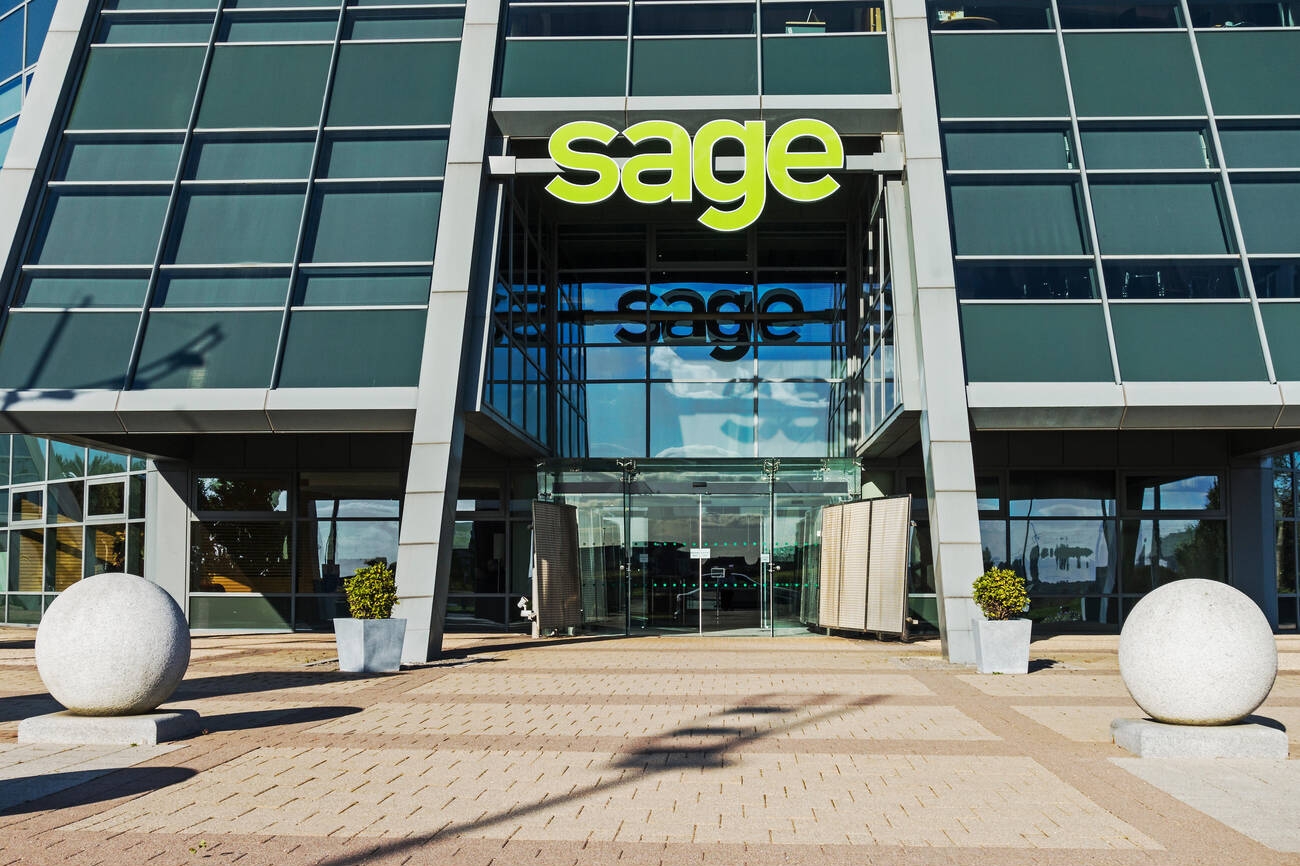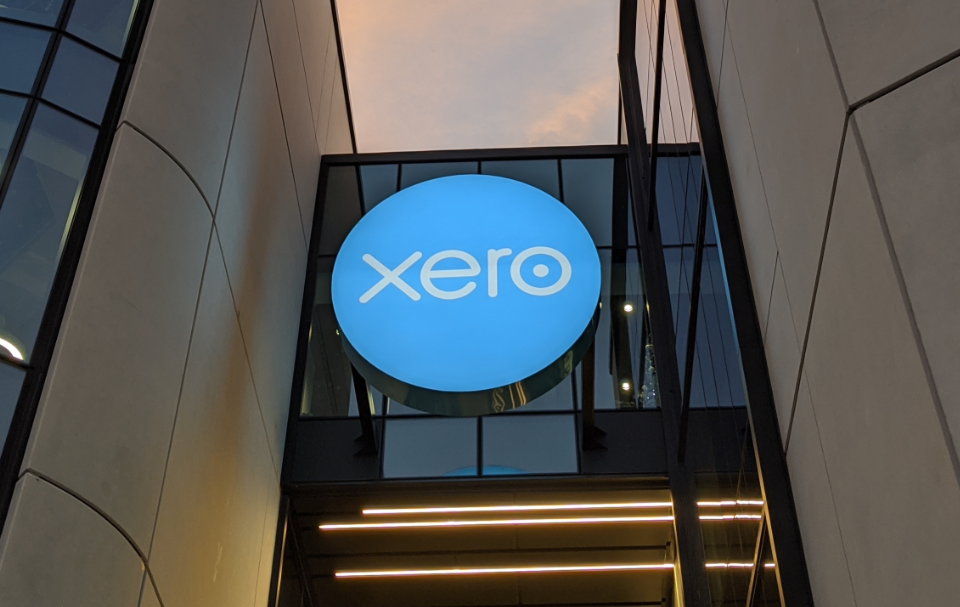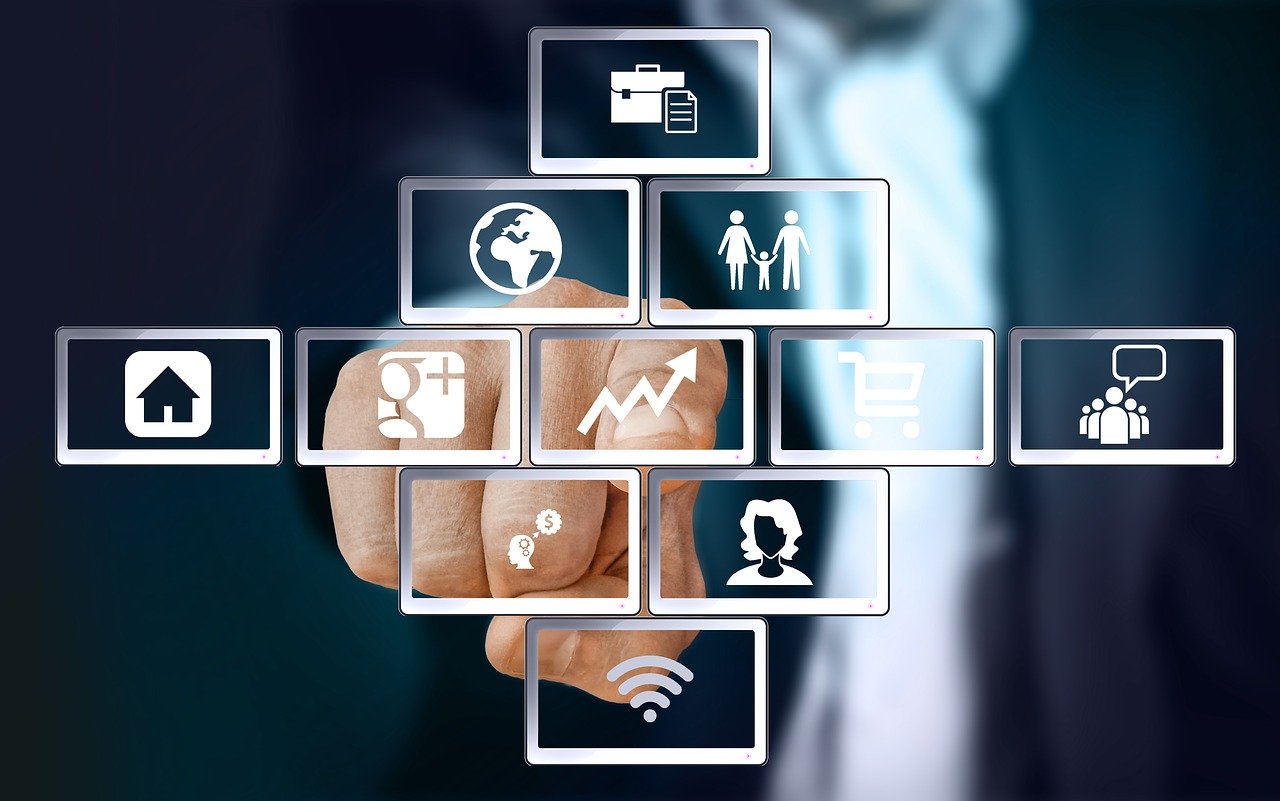If you’re young enough, think back to the period starting in the early 1980s. In the accounting technology world, we were making the gargantuan leap from the VisiCalc spreadsheet and WordStar word processing software to Lotus 1-2-3 and WordPerfect. “Back in the day,” those were considered premier applications. It would be fun to show those applications to a group of young professionals today to get their reaction. The other big technology issue of the day, back then, was the initial movement towards PC-based accounting systems, such as Open Systems, State Of The Art, Great Plains and many more, which, by the way, have evolved and survived more than 25 years later. In retrospect, it has been an interesting stretch of time for technology in the tax and accounting profession.
What does this have to do with document management software? Well, the point is that spreadsheets, word processors and accounting systems were the new frontier of the early ’80s. The same can be said of document management software relative to the start of the new millennium. It is only within the past few years that this type of application has started to gain significant momentum. We can draw a number of parallels between the evolution of document management software (DMS) and general accounting software to help us gain some insight into where the DMS market is likely to head.
In the early days of accounting software, life was pretty simple. Essentially, the objective was to provide an automated system to replace the pegboard system. Typically, the first generation accounting packages had a very simple design: Enter transactions, print source documents, post transactions and print reports. This model was replicated for all of the classical systems: general ledger, accounts payable, accounts receivable, payroll, inventory, job cost, etc. Look at where this market is today. The systems are still built upon that same foundation, but they have a much more extensive feature and function set, including cross-application integration, user-designed data-entry screens, custom reports, and much more. But at the end of the day, what has been the best-selling accounting application for the past decade or so? QuickBooks. Why? Because it is based on the KISS (keep it simple, stupid) philosophy, compared to the enterprise systems that were just too complicated for many small businesses. This is a resounding affirmation that more isn’t always better when it comes to features and functions. That brings us to an explanation of how this review is structured.
|
Executive Summary
|
A wide variety of DMS solutions are available for accounting and tax practitioners. They range from the basic document storage systems to comprehensive document management systems. As with accounting software, one is not necessarily better than the other. What’s best for your firm depends upon the nature of your practice in terms of size, services offered, personnel, culture and more.
Let’s try to simplify the distinction. On one hand, the document storage systems are fundamentally designed for the purpose of creating an electronic document filing system. The primary difference between these systems and what you can already do with the Windows file storage system is the ability to use an indexing based file organization model, similar to the card catalogue system at the public library. Document storage systems are intended to be limited in their scope and functionality to help keep them simple and affordable. On the other hand, document management systems are evolving to be a comprehensive collection of document filing, automated scanning, electronic annotation and paperless workflow tools. And the feature list continues to grow.
This review focuses on the full-featured document management systems, and the August 2007 issue will focus on the more basic document storage systems. Beware that the line that separates the two categories is easily blurred. If you’re seriously considering an electronic document system for your practice, it would be wise to investigate all of the solutions presented to help you gain a better understanding of the opportunities to improve the efficiency of your operations.
DMS REVIEW CRITERIA
As with any software application, the challenge in selecting the best solution for your practice is to determine what features to look for and what level of detail to drilldown to in regards to your evaluation and due diligence. The fact of the matter is that many different factors will help determine the success or failure of a technology initiative beyond the software’s features and functionality. To help you through the selection process, this review identifies eight key attributes to consider when choosing a DMS program for your organization.
Usability
This is the most important attribute of all. How easy is the system to work with? Is it intuitive? Everyone has a different perspective on their “user experience” when interacting with a system, but you should focus on some basic criteria to assess a system’s usability, such as the following:
- Filing/indexing methodology — This is how the system organizes the documents and files in the system. Look for a cabinet/drawer/folder approach that will provide a more natural transition from your traditional paper-based file organization as well as from Windows Explorer for your electronic files. You should also look for the ability to customize the index values, or metadata tags, based on the nature of the document.
- Retrieval — This refers to the ability to quickly locate the documents/files you need by entering the appropriate index values, or through advanced context-based searching tools.
- Viewing — Look for the ability to preview a document before it is “opened.” When you do open a file for full viewing, determine if the native application is required (i.e., Adobe, Word, Excel, etc.)
or if the system includes a proprietary viewer
tool that eliminates the need to have the native application open. - Annotation — When you go “paperless,” that means you are going “pencil-less,” as well. Therefore, you need a system that will provide you with practical tools for annotating electronic documents such as tic marks, stamps, signatures, notes, etc.
- Distribution — This refers to how you can disseminate a document that is stored in the system: e-mail, print, fax, publish to PDF format and post to a portal. These are all fundamental tasks.
The bottom line on usability is that it should be the primary emphasis of your system selection process. If you can’t get comfortable with how you interface with the system to work with your documents, then the rest of the features become irrelevant.
Integration
You’ll want to look for three levels of integration. The most basic integration is with MS Office and Outlook. Since these applications are so prevalent in the typical accounting and tax practice, you want the ability to easily move documents in and out of the DMS from/to these applications. The second level of integration to look for is integration with accounting and tax applications (i.e., tax software, audit software and practice management). The better the integration, the more you will be able to drive unnecessary procedures out of your workflows. On a more sophisticated level, look for advanced integration capability through some form of a SDK (software development kit). This will provide the potential to develop integration to nearly every application in your firm, which you will want to do as your implementation matures.
Records Management
You should look for three basic features in the area of records management: security, retention and audit trail. Security will range from system access controls and document-level access controls based upon the nature of the document as well as the role of the individual. Advanced security features will allow you to control what functions the user can perform on the document once it is accessed (i.e., can you e-mail or print the document?). Retention features address your ability to establish a document retention policy for your firm and apply it automatically based upon the nature of the document (i.e., tax return documents are automatically purged seven years from the initial document creation date). Finally, audit trail functionality refers to the system’s ability to keep a record of all activity within the system by user and date. Typically, this includes what documents were viewed, filed, edited, printed, e-mailed and more.
Scanning
There are three levels of scanning functionality to look for: basic, batch and automated. Basic scanning is a given and refers to the ability to simply import scanned images directly from a scanner or multi-function copier/scanner/printer device. Batch scanning is the ability to scan a batch of unrelated documents and facilitate the process of disbursing and filing the individual documents in the DMS. Many systems include barcoding functionality that provides the opportunity to separate the document indexing and organizing process from the scanning process. Automated scanning is an evolving technology. However, the types of features you can find today include automatic document recognition and indexing, document clean-up, and automatic bookmarking.
Workflow Automation
This is usually offered as an add-on module. Workflow features can be wide ranging — route a document to a specified individual, attach action item requests to the document, electronic routing sheets, e-mail alerts, and routing notes. Advanced features include the ability to map out an entire business process and schedule the routing of a document or group of related documents to pre-assigned individuals. Integration with staff scheduling may be a component.
Portal
The typical portal model is to have a website page that can be accessed via a secure user login ID and password. A basic “one-way” portal allows you to publish documents (i.e., tax returns and financial statements) that can be accessed for viewing, printing and downloading. A “two-way” portal provides the capability for the user to upload files remotely (i.e., QuickBooks files). Advanced portal functionality includes interactive content such as news feeds, announcements, real-time financial information and more.
Technology
Generally, there are three distinct categories of technology platforms for which DMS systems are available: standard server, SQL server or hosted. A standard server solution will not likely require any upgrades to your existing server, other than perhaps additional storage capacity. A SQL server system will require you to obtain the appropriate SQL licenses and may require a separate server. A hosted solution means that the vendor provides all of the necessary network infrastructure and administration services for you to access remotely. Some vendors provide both an in-house server-based solution and a hosted option (click on chart for full-size PDF).
Pricing/Value
The typical costs incurred from the DMS vendor are for the software licensing, configuration and implementation consultation, user training, and annual maintenance fees. The software license fees are typically based on the number of users.
Summary
The overall value of a DMS is based on the
attributes of the various factors listed above relative to pricing. An important point to understand about the ratings is to realize that they are assigned based upon the overall context of where the particular solution fits. Therefore, be sure not to place too much emphasis on using the ratings to compare one product directly against the others. Let’s take a closer look at the different DMS solutions included in this review.
– – – – – – – – – – – – – – – – – – – – – – – – – – –
- Acct1st Technology Group LLC — Acct1st EDRMS
- Acct1st is developed with the combined efforts of a Dallas-based CPA firm and a Seattle-based software development organization. It is very much an “accountant-centric” application and offers the best of both worlds in terms of allowing the choice between deploying it on your internal server or using the vendor’s secure web hosting service.
- Read Full
Review
- Cabinet NG — CNG-Safe
- CNG-SAFE is a document management system positioned for the small enterprise and is designed to work in many different industries. Approximately one-third of the vendor’s sales are in the financial services industry, and one-third of those sales are specifically accounting and tax practices.
- Read Full
Review
- CCH, a Wolters Kluwer business — ProSystem fx Document
- ProSystem fx Document has been a part of the CCH product family for over two years now. It was originally developed within a CPA firm so, by its nature, it has been built as an accountant-centric application. The integration with the other CCH applications continues to evolve nicely, as well.
- Read Full
Review
- Computhink, Inc. — ViewWise
- Computhink’s mission is “committed to providing feature-rich integrated document management/e-mail archival solutions.” The company provides a set of document management solutions that can be implemented in a variety of industries, including accounting and tax practices.
- Read Full
Review
- Doc.It — Doc.It Suite
- Doc.It originated as a networked accounting systems supplier and developer in the early 1980s. During the 1990s, the company developed the Doc.It document management and archiving system.
- Read Full
Review
- Interwoven, Inc. — Interwoven WorkSite
- Interwoven, Inc. is a publicly traded company that has more than 3,800 organizations using the vendor’s “Enterprise Content Management” solutions for business. The depth and breadth of the functionality provided in Interwoven WorkSite (used by more than 650,000 users) will allow users to manage content such as documents and e-mails throughout a firm…
- Read Full
Review
- Personable Inc. — SourceLink Management Edition
- Personable provides two solutions in this space: SourceLink Standard Edition and SourceLink Management Edition. SourceLink is a “niche” solution designed specifically to integrate with QuickBooks.
- Read Full
Review
- Thomson Tax & Accounting — GoFileRoom
- Thomson purchased the GoFileRoom document management system from Immediatech Corp. nearly two years ago. We are starting to see the impact of the vast resources that Thomson brings to the table in regards to enhancing the functionality and branding of GoFileRoom, which has already established itself as a bestseller.
- Read Full
Review
Thanks for reading CPA Practice Advisor!
Subscribe Already registered? Log In
Need more information? Read the FAQs



